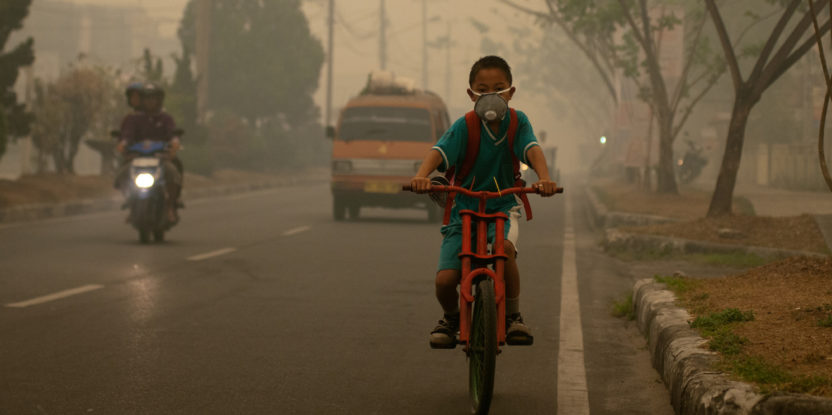In Forests News last week:
Palm oil’s complex land conflicts
Oil palm plantations are encroaching into state owned forest areas in Indonesia. The issues are complex, researchers say, as they come together to advise on government policies and action.
Unlocking the secrets of tropical trees
A young Congolese researcher finds that though certain trees are able to adapt to climate change, not all of its species are guaranteed survival.
Forests News pick of stories from around the globe:
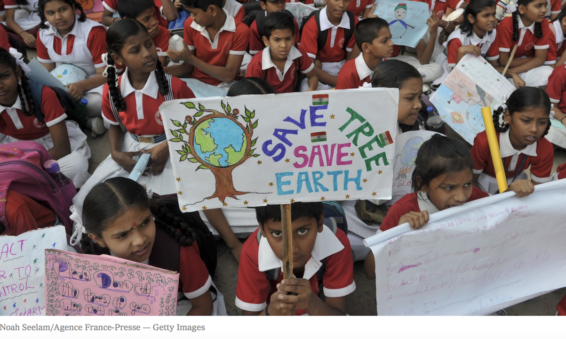
Skipping school to secure a future
The student protests against climate change had their biggest turnout yet on Friday, with young people in 112 countries skipping school to demand action from their governments. Hitting headlines all over the world, The New York Times printed a selection of pictures from Kampala to Kiev, Seoul to San Francisco, Tokyo to Paris. “Should we remain seated in class for three hours this afternoon while we have no future? Pointless,” said 16 year-old Lucie Retailleau, from Paris. The article touches on a recent Pew survey that found young people to be significantly more concerned about climate change than those over 50. Sixteen year-old Greta Thunberg inspired the protests after her weekly one-woman sit-ins outside the Swedish parliament. Thunberg, who according to the BBC has been nominated for a Nobel peace prize, last year turned heads at UN climate talks when she told leaders they ‘were not mature enough’ to deal with climate change.
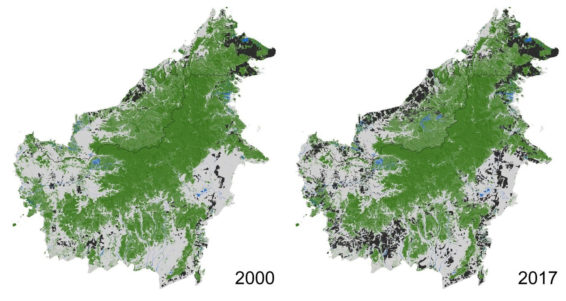
The rocky road to sustainable palm oil
Analysing the trials and tribulations of palm oil certification, The Economist speaks to CIFOR scientist, David Gaveau. Gaveau’s research of deforestation rates in Borneo showed a slowdown in 2017, by in-large thanks to an oil-palm price slump and wetter conditions. The article highlights that while there have been sincere attempts by the industry to become greener, shown through platforms such as the Roundtable on Sustainable Palm Oil (RSPO), the execution of sustainable certification remains riddled with flaws. While only 20 percent of palm oil can be classified as sustainable, only 50 percent of it is sold as such, with the remaining traded no differently to regular palm oil. The article claims that China, India and Pakistan snap up 40 percent of exports, and have little domestic demand for green credentials. Furthermore, criticism has been aimed at the RSPO for its weak policies that are difficult to implement, though slow change is afoot, as proved in a recent move that required sustainable farmers to commit to zero deforestation. The Economist claims that an expansion of smallholders, who currently make up 40 percent of global production, would be “good for development but bad for the environment.” Forests News has previously reported that this number is expected to rise over 60 percent by 2030. Read Palm oil: Smallholder expansion into peatlands on the rise. A price rebound and drier conditions, making expansion into peatlands even easier, could see the deforestation slowdown quickly reverse this year.
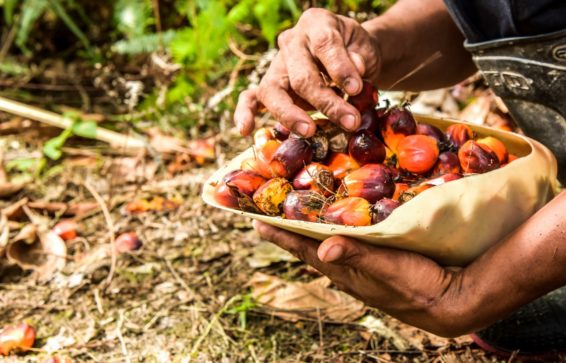
Malaysia hits out at EU over move to phase out palm oil
Malaysia has hit back at the European Commission after it announced that palm oil should be phased out as transport fuel, CNBC reports. The decision came after the commission concluded that palm oil causes deforestation, and as such will not be part of their ambitious plans to boost biofuel use to 32 percent by 2030. The move infuriated Malaysia’s industries minister, Teresa Kok, who accused the commission of creating policies based on “protectionism” before questioning why the same standards are not being applied to soy bean oil. The Malaysian minister, whose country is the world’s second biggest producer of palm oil, said it produces more oil per hectare than the US-based soy bean oil by eightfold. The minister went on to claim that oil palm is not a driver of deforestation, but a driver of poverty alleviation, before warning that small farmers will be hit the hardest by the move. After investigating appropriate renewable sources, the European Commission found that 45 percent of oil palm expansion over the last decade led to the destruction of forests, wetlands and peatlands, which in turn resulted in more greenhouse gases emissions. This exceeded the 10 percent benchmark of what the commission considered harmful feedstock for biofuel. Soybean ducked the limit, hitting eight percent and sunflowers and rapeseed just one percent.
The news has come as a blow to the palm oil industry. Questions over demand are being reflected on the markets, which slid 1.1 percent last week after hitting a four-month low amid buying wobbles from its top buyers, India and China. EU government and European Parliament have two months to accept or veto the law.

Three faces of major challenge: Why does Climate Change get all the attention?
A landmark intergovernmental study due to be published in spring will outline the extent of the damage caused to the natural world, Huffington Post reports. The Intergovernmental Science-Policy Platform on Biodiversity and Ecosystem Services (IPBES) will pull together research by more than 500 experts in 50 countries. “Land degradation, biodiversity loss and climate change are three different faces of the same central challenge: the increasingly dangerous impact of our choices on the health of our natural environment,” said Sir Robert Watson who chaired the study. The article refers to the UN’s Food and Agricultural Organisation (FAO)’s report released in February that warned how the loss of biodiversity is threatening the planet’s capacity to produce food. Over-exploitation of the soil and seas, a heavy use of damaging pesticides, land-use changes where forests make way for farmland and meadows for cities- make up some of the top reasons global biodiversity is in steep decline. Though the dwindling numbers of pollinators from bat to bee are threatening the very foundations of the global food system, the current practice of agricultural intensification is “the root of the problem,” according to a leading contributor. Though humans make up 0.01% of biomass, WWF figures say human actions have decreased animal populations by 60% since 1970.

Radical plan to artificially cool Earth’s climate could be safe, study finds
A peer reviewed journal published in Nature contradicts fears that geoengineering would lead to intense rainfall and dramatically alter weather patterns, the Guardian reports. The analysis predicts that only 0.4% of places could see weather worsen, if cooling were used to eliminate roughly half of warming. Solar engineering mimics the gas released by volcanoes, as sulphur dioxide is sprayed into the atmosphere to reflect the sun’s heat. A co-author of the paper said he would “absolutely oppose deployment now,” due to so much uncertainty, but that it was too early to rule out solar engineering when it could “substantially reduce climate risks for the most vulnerable.” Another scientist criticizes the analysis for only focusing on temperature and water availability in different regions. Among his list of reasons not to adopt stratospheric aerosols is the raising of ethical questions, such as if people have a right to see a blue sky.
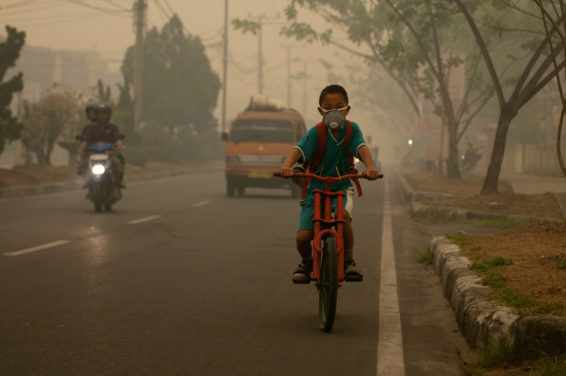
Air pollution “main environmental contributor to global disease”
A UN report released on Wednesday dubbed air pollution as the “main environmental contributor to the global burden of disease,” even beating smoking, Deutsche-Welle reports. The paper estimates the death toll from air pollution to be between six and seven million people per year, though a separate study released the day before pitched the figures to be closer to nine million. As air pollution is not a direct cause of death but a leading risk factor, contributing to diseases such as lung cancer and strokes, measuring its impacts is a difficult feat. A report published last month by AirVisual discovered that of the 50 most polluted cities in the world, all of them were in Asia, with India’s cities taking 22 of the 30 top spots. However, the article surmises gaps in data; where India and China report their air quality, there is very little data from the African continent. It’s not just city dwellers affected by air pollution. In Papua New Guinea where more than 85 percent of its population lives in rural areas, the air pollution mortality rate doubles that of city dwelling Slovakia, where less than half of the country live in rural areas. Still, air pollution is highest in rapidly urbanizing countries, as well as the “approximately 3 billion people who depend on burning fossil fuels such as wood, coal, crop residue, dung and kerosene for cooking, heating and lighting.”

Agroforestry for tigers
According to World Wildlife Fund (WWF) figures, 95 percent of the world’s tiger population have been lost, earth.com reports. To bring it back from the brink of extinction, countries with tiger populations met in 2010 to pledge to double its numbers by 2022. Impressively, India has seen their tiger population increase from 1,411 to 2,226 in recent years. How? According to Scientific American, agroforestry plays its part. Integrating forestry with agriculture not only prevents the farmers from encroaching into protected areas to collect items such as firewood, but it can also be used as buffer zones for wildlife- connecting them to other habitats that had previously been fragmented with human development. A study in Sumatra using modelling found that creating agroforestry ‘buffer zones’ around protected habitats reduced the chances of extinction, whereas protected areas surrounded by single-use land- or monocrops such as palm oil- left no hope for its survival. However, another study in Sumatra found that 47 percent of human-tiger conflicts happened on the forest edge, leading authors to stress the importance of addressing human-wildlife conflict in these systems.
We want you to share Forests News content, which is licensed under Creative Commons Attribution-NonCommercial-ShareAlike 4.0 International (CC BY-NC-SA 4.0). This means you are free to redistribute our material for non-commercial purposes. All we ask is that you give Forests News appropriate credit and link to the original Forests News content, indicate if changes were made, and distribute your contributions under the same Creative Commons license. You must notify Forests News if you repost, reprint or reuse our materials by contacting forestsnews@cifor-icraf.org.
